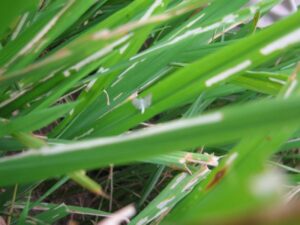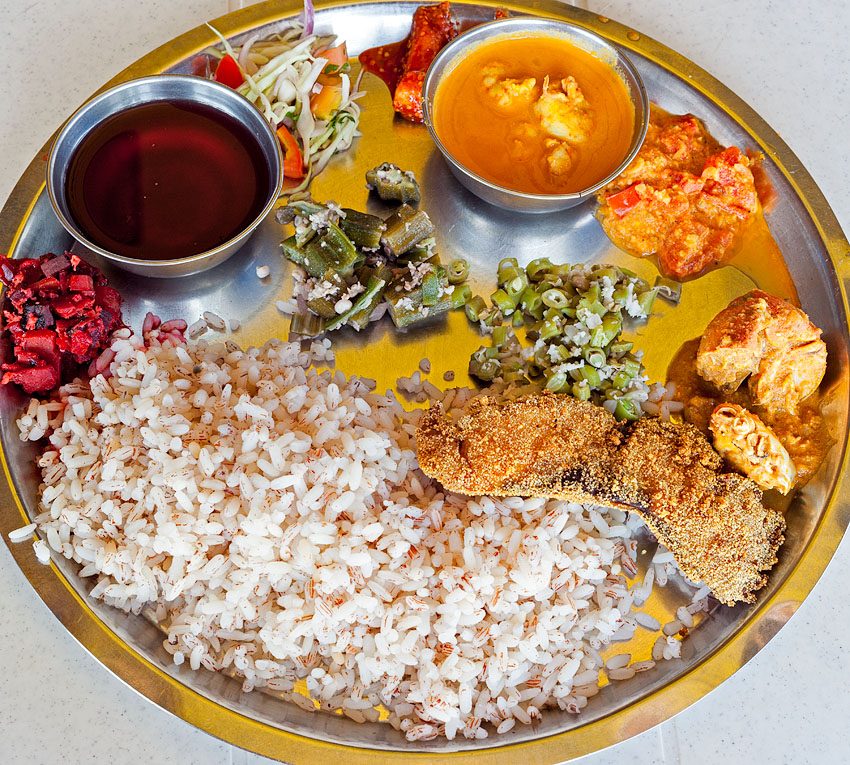In Goa, no curry is complete without rice. Around 28 traditional varieties grow here. In its unpolished red form, it is nutritious, tasty and healthy. Relished as ‘pez’, or just ‘xitt’ with ‘tonak’, or in sweet form as ‘vorn’, rice has pride of place at every goan meal.
Rice can be grown predominantly in three types of areas in Goa – morod or uplands, kherlands or midlands, and khazan lands or saline lands.
This year Bardez taluka will witness a bumper harvest :
Recently, government’s steps have ensured that paddy cultivation covers a maximum area. As stated by Bardez Zonal officer, Anant Hoble, 5,400 hectares of land across Bardez taluka had been brought under paddy cultivation. Out of that, 95 percent crops were in good condition. Thus expecting an optimum yield. Hoble said, “This year we are expecting to have a good harvest and if all goes well and we have rain on every alternate day, we will have better paddy harvest.”
5% rice crop infested :
The reason only 95% p addy crop succeeded was due to the fact that 5% of the crop got infested with rice-caseworm. (A pest that cuts tips of paddy leaves, making a leaf casing to live in. Initially same size as grain, caseworms grow to 2.5 mm. They live on lamina of the paddy leaf.) Paddy leaves turn white in colour due to this pest. Therefore, preventive measures should be taken as follows :
addy crop succeeded was due to the fact that 5% of the crop got infested with rice-caseworm. (A pest that cuts tips of paddy leaves, making a leaf casing to live in. Initially same size as grain, caseworms grow to 2.5 mm. They live on lamina of the paddy leaf.) Paddy leaves turn white in colour due to this pest. Therefore, preventive measures should be taken as follows :
1) prevention of water stagnation in fields
2) prevention of excessive use of nitrogenous fertilisers/urea and
3) avoiding dense plantation of paddy seedlings.
Areas affected by caseworm :
“Inspection of the entire stretch of paddy cultivation area was carried out from Sangolda till Siolim Oxel. Few areas in Saligao, Assagao, Parra and Sangolda are affected by rice caseworm,” said Anant Hoble in reply to a query about the extent of damage by rice caseworm, as per an NT report.
Farmers reluctant to cultivate paddy :
Sadly, in Goa, farmers show reluctance in cultivating paddy due to low profits, increased labour costs, small land holdings and lack of technical knowledge on rice cultivation.
Importance of traditional varieties :
Research carried out by Department of Botany, Goa University, observed the following:
“Traditional varieties provide ecological balance and food security. Their conservation and propagation have been neglected. The diverse traditional rice varieties are precious genetic resources. Their conservation is crucial for future food security.” as per a TOI report.
Hence, the need to preserve Goa’s traditional varieties of paddy arises. The government’s efforts in this direction seem to be paying off. As a result, Goa’s staple food, ‘Xitt-Kodi’ (Goan curry and rice) continues to rule the roost.
Picture Credits:myagriguru.com


